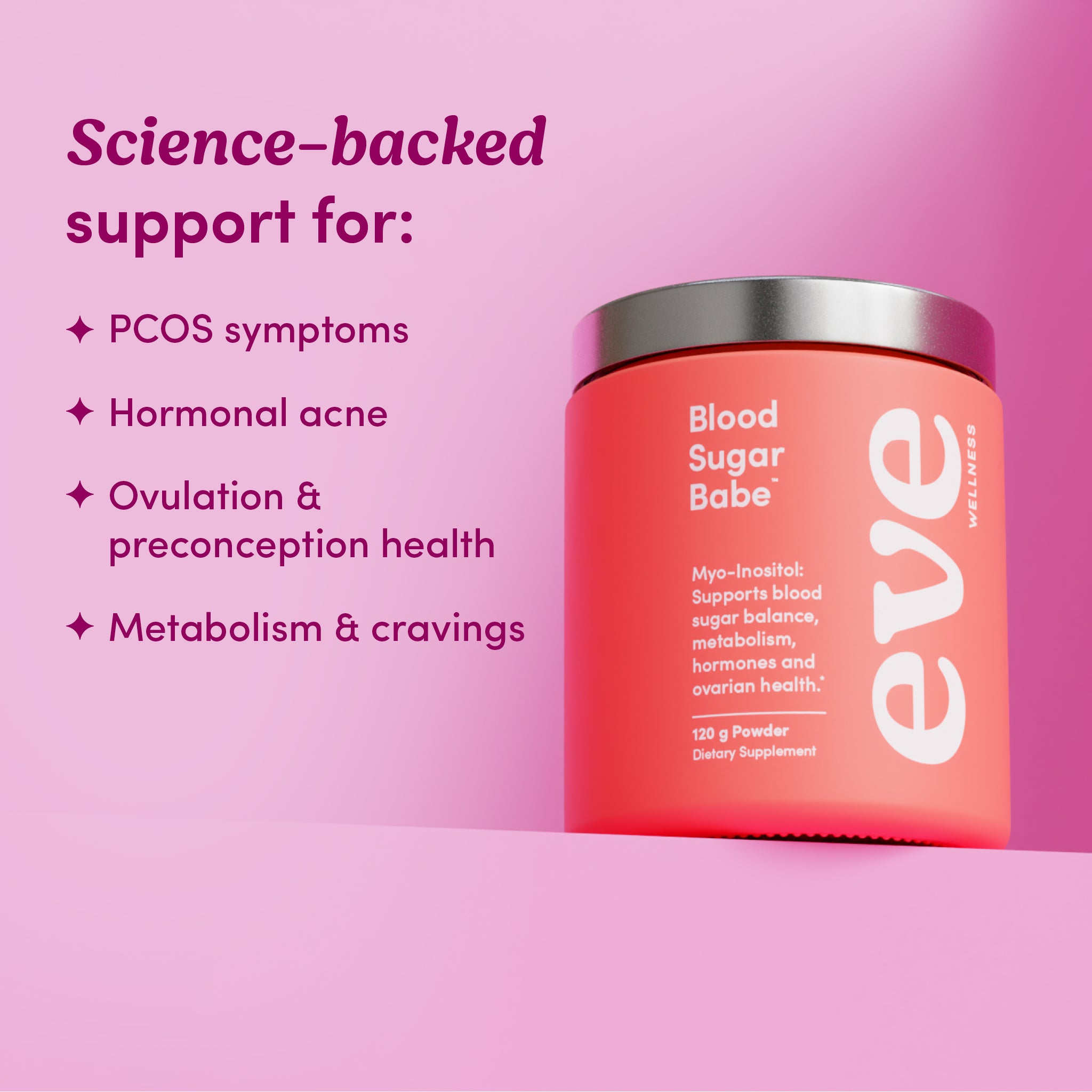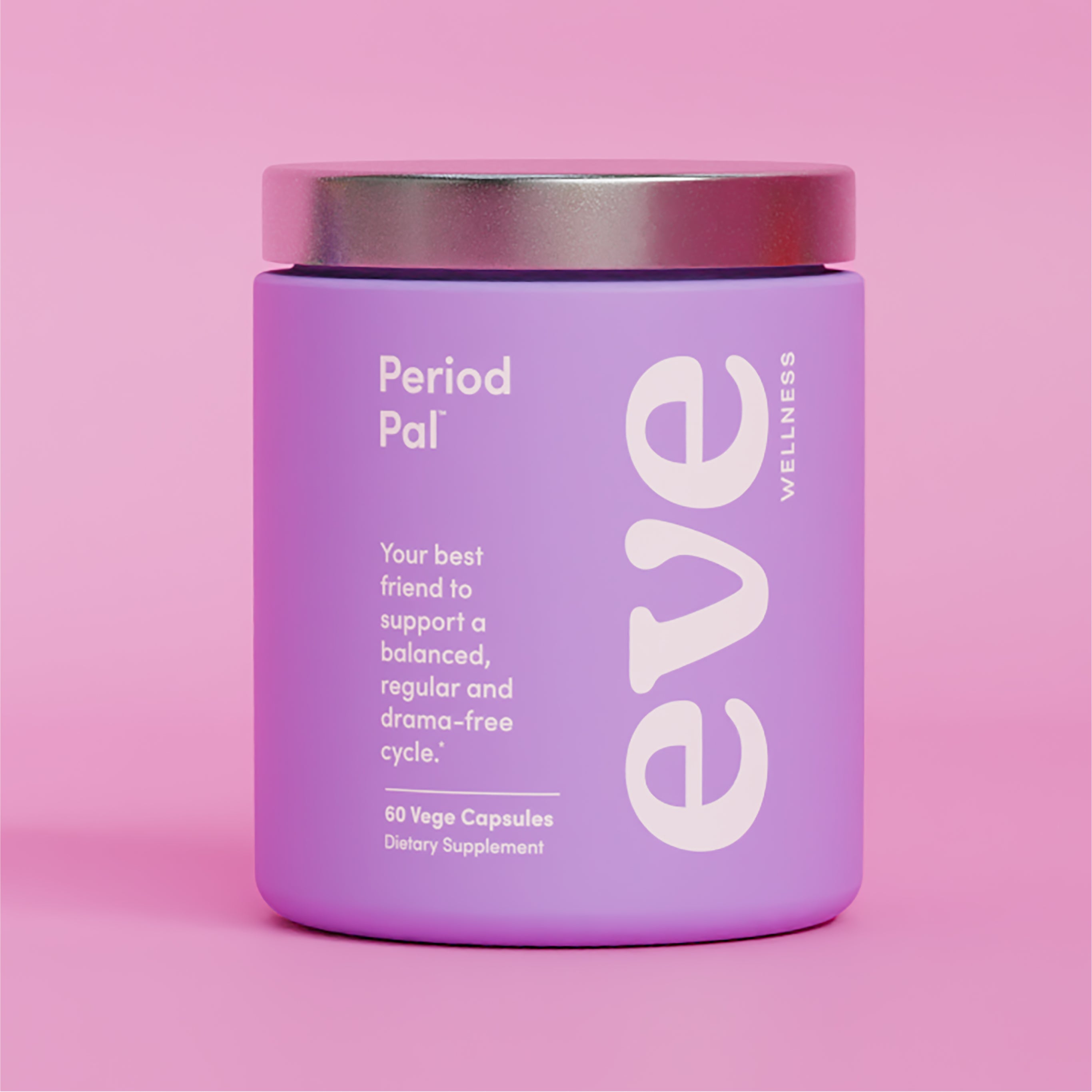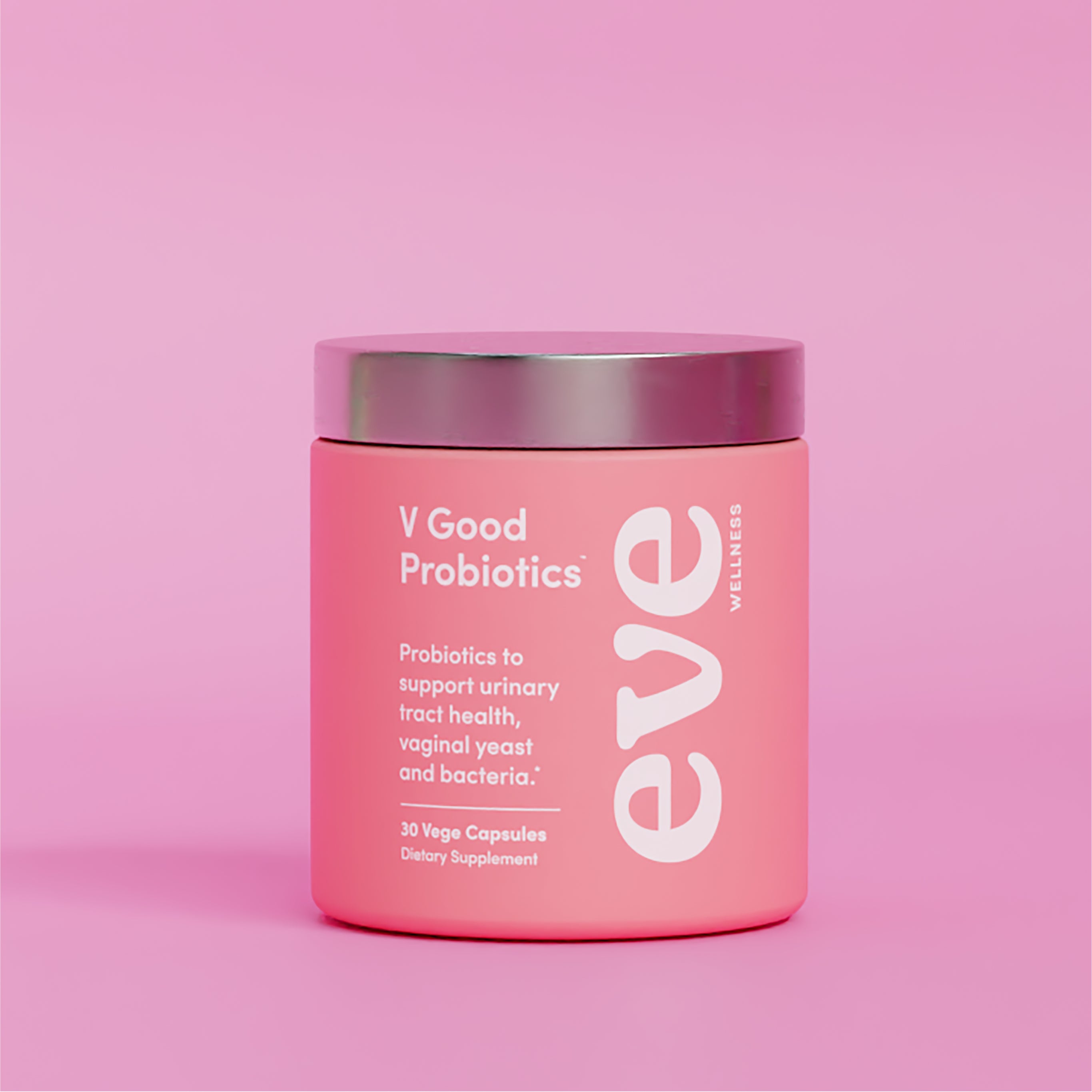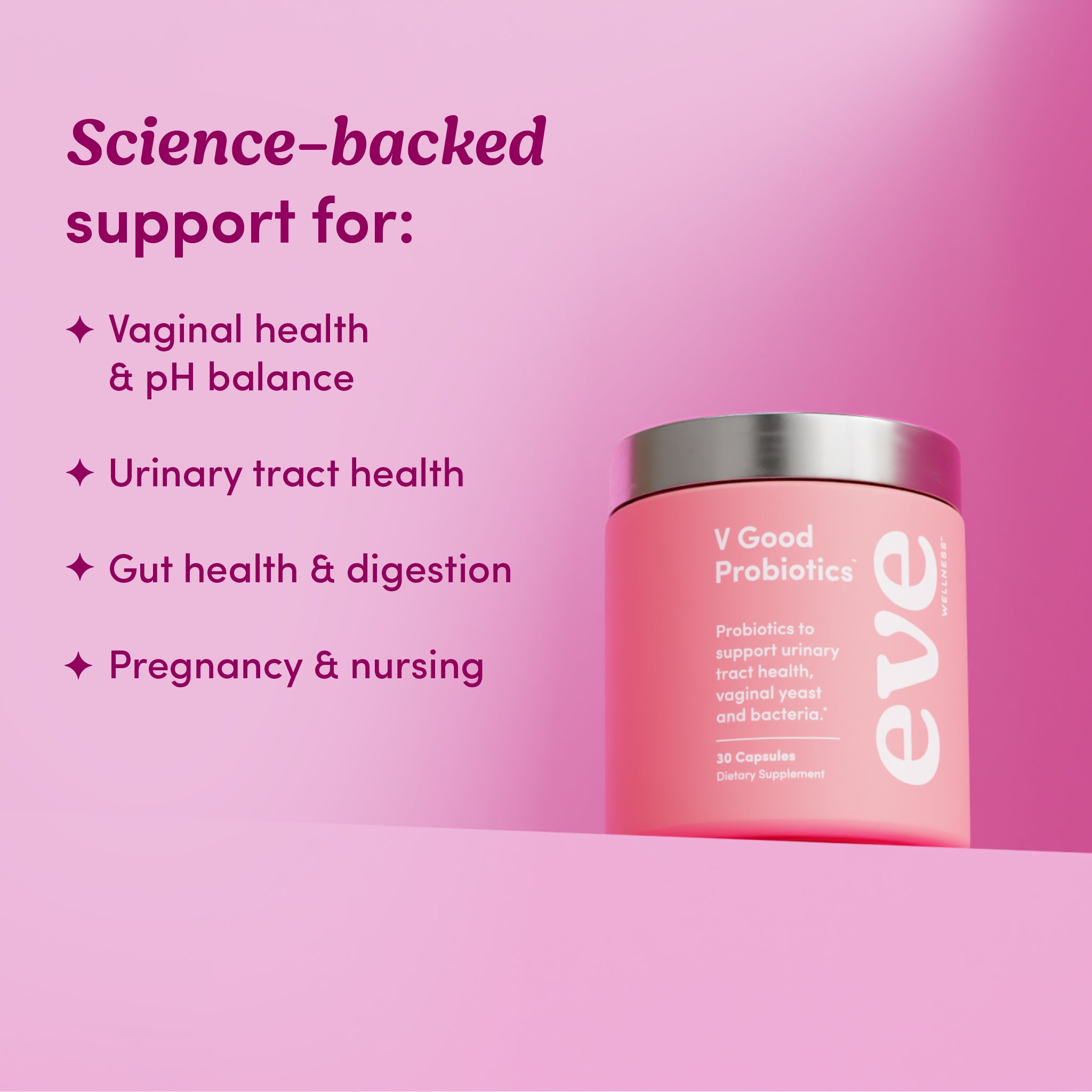This blog has been written by Bex Henderson - Registered Nurse, Fertility Nurse, Natural Fertility Educator and the face behind Seed Fertility.
Taking the contraceptive pill and pregnancy are completely different situations however they both have something in common - BOTH suppress the hormones involved in your menstrual cycle, meaning you won’t ovulate so can’t become pregnant.
After either situation, your fertility and a functioning menstrual cycle needs to get back into gear.
FERTILITY AFTER HORMONAL BIRTH CONTROL
If you have decided to come off the pill (or another form of hormonal contraception) and the time is right for you to try for a baby, there is going to be a time of adjustment for you and your hormones. It is different for everyone however it may involve a bit of patience.
It is common for females to take the pill for long periods of time – often up to ten to fifteen years. What many are now realising is that the pill completely shuts down your reproductive system, and the bleeds you have while taking the sugar pills are not actually a true period – just a side effect of withdrawal from synthetic hormones.
So, when you decide to stop the pill, it can actually take a while for your hormones and ovaries to get back into rhythm and join the party.
Taking quality nutrients to replenish stores that have been depleted during your time on the pill can not only help your ovaries and menstrual cycle to start functionally optimally more quickly, but is also a great way to ensure your body has the nutrients it needs to grow a healthy baby when you do conceive. Eve's Take Me With The Pill is perfect for this.
FERTILITY AFTER PREGNANCY
After pregnancy, if you are exclusively breastfeeding you are likely not to have a period for around 6 months (depending on how often your baby feeds, and if they still have a night feed).
If you are not breastfeeding, your period may return around six to eight weeks after giving birth. But everyone is different and there are no set rules to this.
So, how do you know when your hormones are back to normal and you are fertile or ovulating again? This is where charting your cycle with the Mucous Method comes in, to detect your return of fertility and monitor it going forward.
THE MUCOUS METHOD
The Mucous Method is a well-researched method of Fertility Awareness, focusing on cervical mucous patterns to tell when you are fertile, and not fertile in your cycle.
Research has found that the most accurate way a woman can identify for herself the fertile and non-fertile phases of the menstrual cycle is by observing and sensing cervical mucous at the vulva.
You do need to be taught how to do this, but once you’ve got the hang of it you can tell if you are fertile or not today and every day. The great thing is it’s simple to learn and doesn’t rely on any devices such as thermometers and urine ovulation test kits which have their limitations. It’s a free, inbuilt fertility detector, and you know you will get the timing right each and every cycle.
The Mucous Method can be used in any length or type of cycle to increase your chances of conceiving. If your cycles are irregular, long or even if you are still partially breastfeeding, you can determine when your body is gearing up to ovulate, and also tell if it didn’t actually happen (more common than you might think).
If you have recently come off hormonal contraception, it might be a while before you start to notice any mucous, showing that there is not a lot of hormonal activity. And when your period does come back, the time between ovulation and getting your period can be short for a few cycles, showing you are not yet fertile.
Daily charting will show when things start to change, and if there are any potential issues.
So, if you’re aiming for pregnancy then take control of your situation! Maximise your chances of conceiving with a quality multi like Take Me With The Pill, or identify any potential hormonal issues with your cycle which may need investigating.








